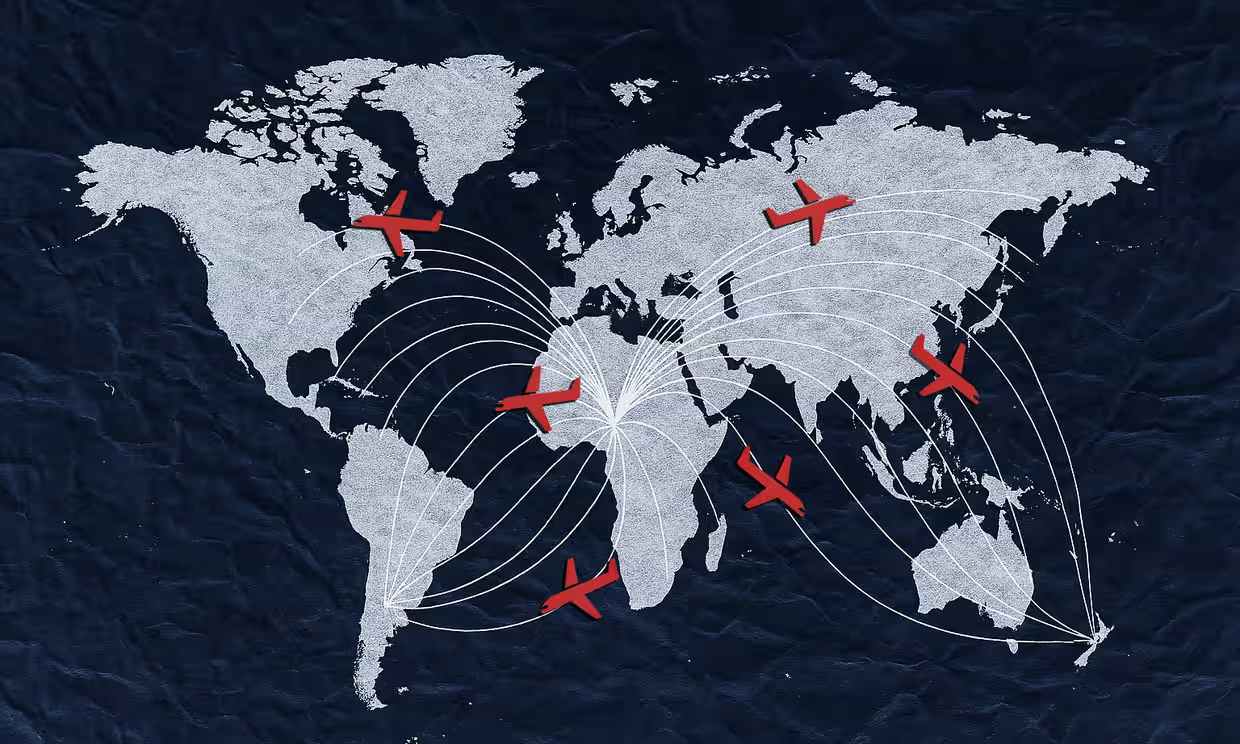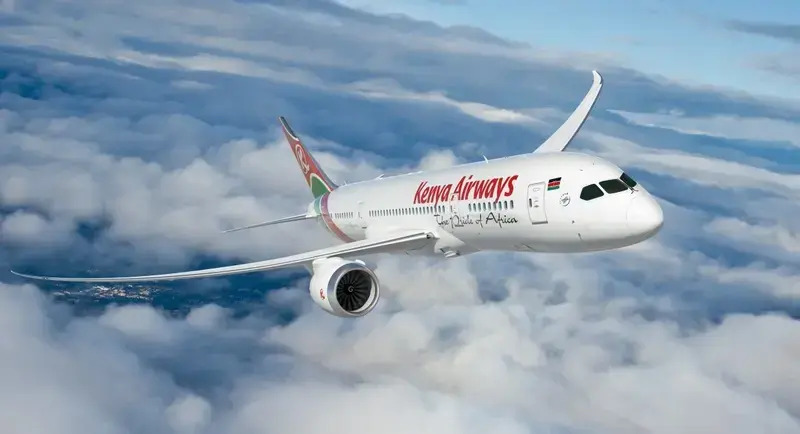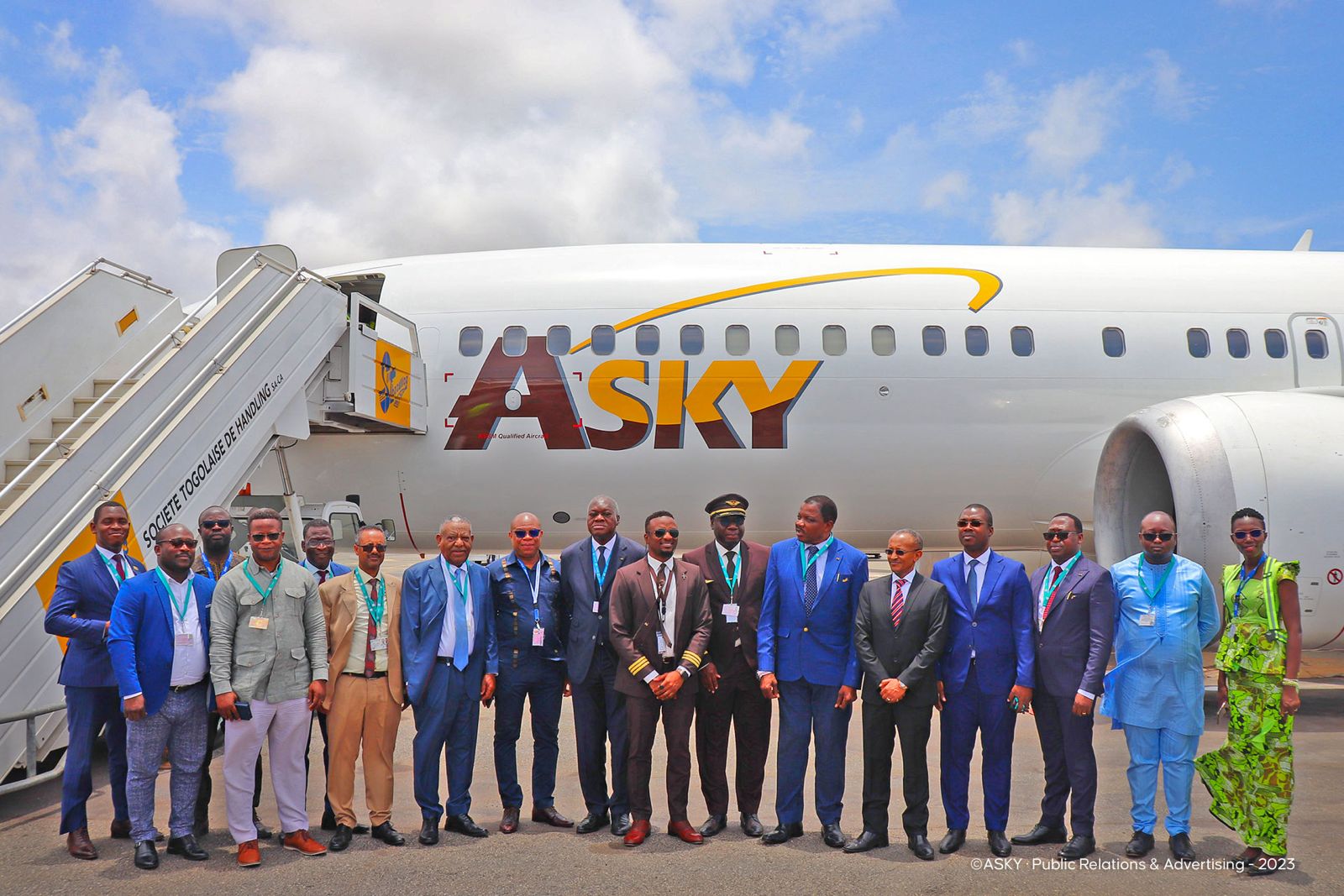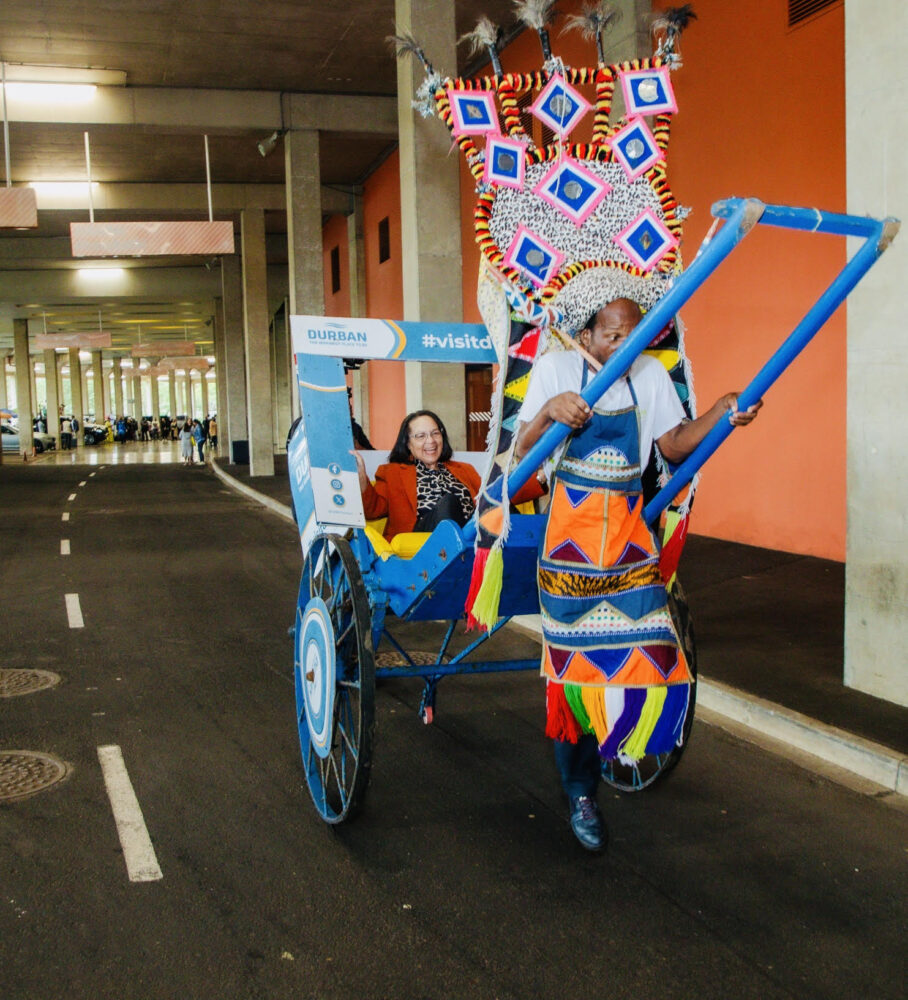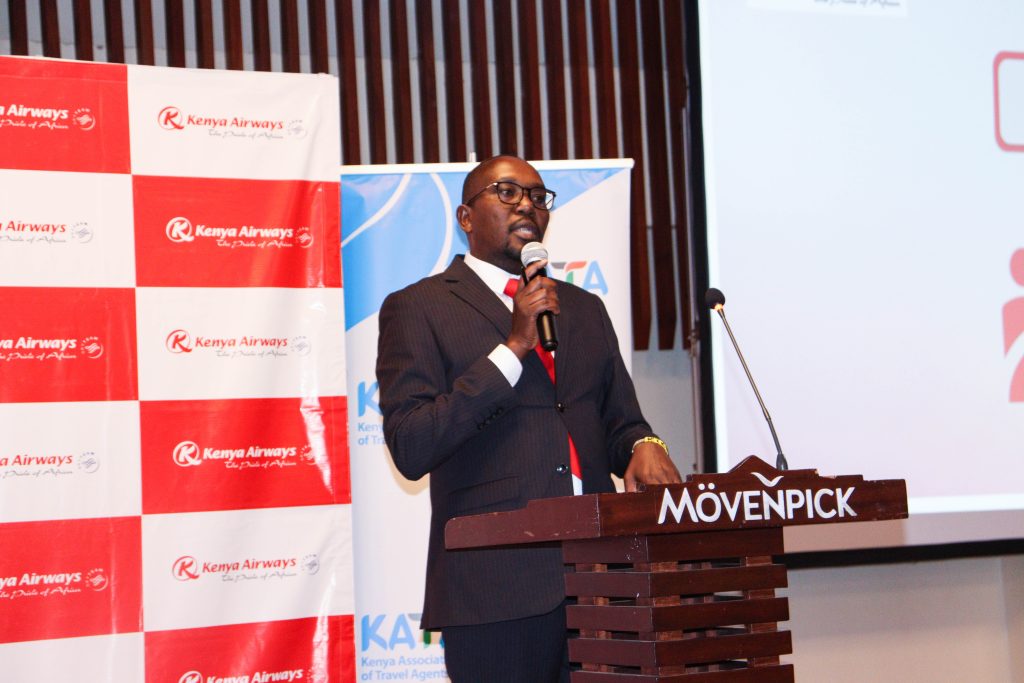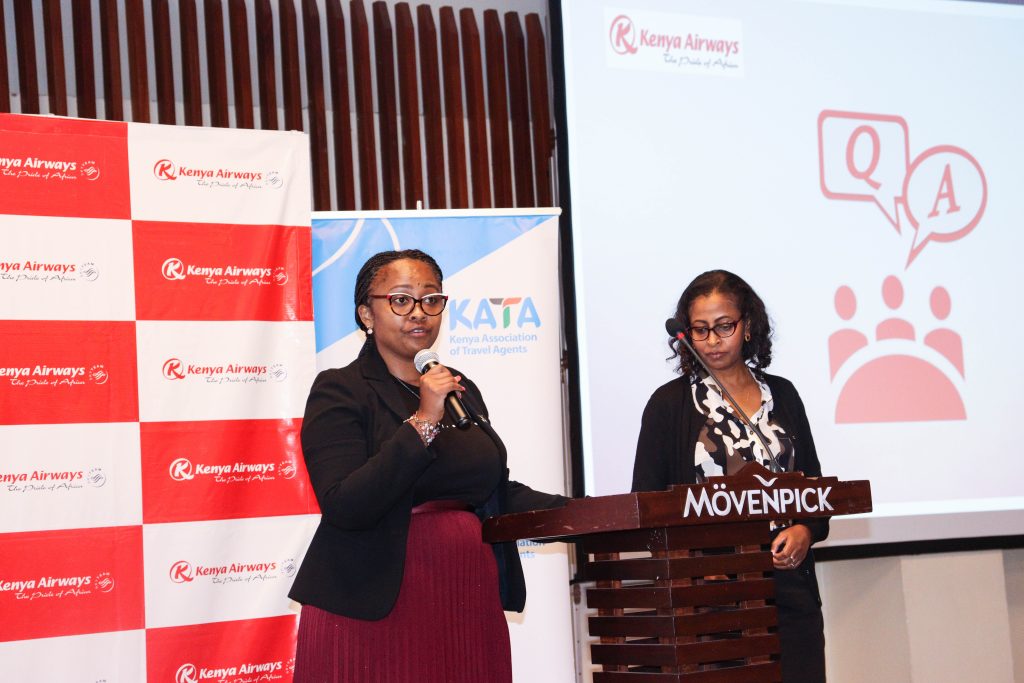Costly and cumbersome intracontinental flights have led to a disconnect between countries that share so much. Why is it so circuitous, expensive, time-consuming, and exhausting to travel within Africa?
Africa’s aviation challenges
Here are some of the routes that are available for travel within Africa. Buckle up. The shortest option from Johannesburg to Dakar is 14 and a half hours over two stops through Gabon and Togo. If you would prefer fewer stops, you have the option of leaving Africa altogether – flying to Istanbul and returning to the continent, which takes a “quick” 26 hours and five minutes. Port Sudan to Kampala, a mere 1,860 miles away, is a nine-hour flight via Addis Ababa. And if you want to hop over from sub-Saharan Africa to north Africa, you are likely to end up in Paris or Amsterdam, which I have done, and felt that sailing around the Cape of Good Hope might have made more sense. And cost less. The minimum you’ll pay for such trips is US $1,000 return.
Few carriers – and no cheap ones
Part of the problem is that there are only a few large airlines on the continent. Kenya Airways, Ethiopian Airlines and EgyptAir dominate Africa, and travellers are subject to those carriers’ regional concentration, decisions on which direct routes to service, and the prices they can set, given the lack of competition.
The result is that European airlines such as KLM, Air France and Turkish Airlines mop up the rest of the journeys, and therefore hurl travellers out of the continent to their connecting hubs. I asked a Kenyan aviation expert why it was so hard for African airlines to expand their coverage, and he said: “Every plane isn’t just a plane. It’s insurance, it’s parts, it’s maintenance.” The bar is very high for an additional route. And so while it would be great to pop over from Nairobi to N’Djamena, there just isn’t enough traffic to justify the cost.
There might be, if the prices were lower. Air travel remains a huge luxury in Africa, and there are no low-cost regional equivalents to budget carriers such as easyJet and Ryanair, as a result of everything from lack of demand to the high capital required to establish a new airline. However, there is a chicken-and-egg element here: pan-African travel for leisure is considered prohibitively costly and cumbersome, and so the infrastructure required to support it, as well as domestic tourism markets, are discouraged.
https://cdn.optoutadvertising.com/script/sf/r.html There is another reason that raises a deeper question about how high the barriers are between countries that often share borders, languages and even tribal and ethnic relations.
The visa problem
It is an enduring travesty that in most parts of Africa, it is easier to gain entry if you have a western passport than an African one. My travel within the continent opened up vastly after I received a British passport, and it always feels like an uncomfortable colonial throwback to produce it for admission, rather than my Sudanese one. There are strong regional groupings, such as the Economic Community of West African States, and Kenya has recently declared that it will soon allow visa-free travel for all Africans – a bold announcement that has no launch date.
Other barriers linger, and some are getting higher. A historic free travel treaty between Sudan and Egypt was scrapped after the start of the war in Sudan to stanch the flow of refugees. This year, the African Union called for an acceleration of visa-free movement to boost regional integration, and officials blamed enduring travel restrictions for not only the blocking of the goal of a united Africa but also for hampering growth and development. Part of that slow growth is the stagnation of the aviation industry. Free movement, said the vice-president for regional development, “must be the backbone of our integration”.
Air Afrique: Could the glamorous past be a model for the future?
There was once a pan-African airline whose posters I recall being a part of the iconography of travel on the continent: Air Afrique. Established in 1961 by a collective of West African Francophone countries and two French airlines, Air Afrique flew to 56 destinations, 35 of which were in Africa. As a marker of how much travel is crucial to fostering connections, it became more than just an airline and developed into a cultural powerhouse, sponsoring film festivals and establishing style standards (in a nod to this years after the airline closed, a Parisian art collective created an Air Afrique installation at men’s fashion week in 2022).
After dominating African travel for four decades, Air Afrique succumbed to bankruptcy in 2002 as a result of mismanagement and the challenges of the aviation industry after 9/11. And there is a lesson there on how economic and political shocks, such as recessions and pandemics, are hard to manage, even by the most established players. It is understandable why airlines and policymakers may choose to be conservative.
But the case for increased African and African diaspora travel routes is becoming ever more persuasive. Three years ago, Kenya announced that it would be partnering with South Africa to launch a new pan-African carrier. And Nigeria is in talks to launch direct flights to Jamaica and Barbados.
There is clearly much infrastructure, investment and liberation of visa regimes needed to turn these ambitions into reality. But there is now such a vast disconnect between the growing cultural and political links between many countries that share so much, that the business case for extending them through air travel should eventually become obvious. And just think of the airline stewards’ uniforms.
Source: The Guardian

